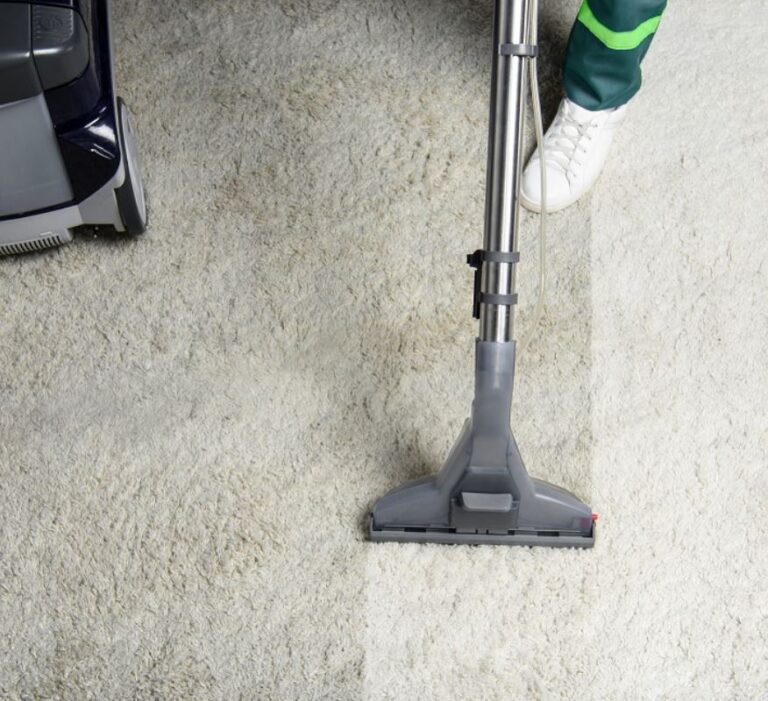Quick Fixes Easy Weekend Transformations for Your Patio

Transforming your patio can seem daunting, but with a few quick fixes, you can create an inviting outdoor space in just one weekend. Simple updates like adding potted plants, changing accessories, and refreshing paint can make a significant difference. Whether you want a spot for relaxation or entertainment, there are easy steps you can take to enhance the look and feel of your patio.
You don’t need a complete overhaul to achieve a fresh look. Often, small changes can have a big impact. Consider rearranging your furniture for better flow or incorporating outdoor rugs to define the space.
With just a weekend at your disposal, you can implement these changes and enjoy a revitalized patio. Get ready to roll up your sleeves and explore practical ideas that will help you make the most of your outdoor area.
Essential Considerations Before You Begin
Before starting your patio transformation, consider essential factors that will influence the outcome. Focus on assessing your space, defining a design theme, and budgeting effectively. These steps will ensure a smooth and satisfying project.
Assessing Your Space
Begin by evaluating your patio’s current condition and measurements. Take note of its dimensions, layout, and any existing structures like railings or planters.
Key Points to Consider:
- Size: Understand how much space you have to work with. This will guide your choice of furniture and decorations.
- Sunlight: Observe how sunlight moves across your patio. This will help in selecting plants and materials that suit your conditions.
- Accessibility: Ensure the patio is easily accessible. Consider pathways leading to it and proximity to other outdoor areas.
Document any limitations or opportunities presented by your space. This assessment will inform your design choices moving forward.
Choosing a Design Theme
Selecting a coherent design theme contributes greatly to the overall aesthetic of your patio. Think about how you intend to use the space and the atmosphere you want to create.
Options to Explore:
- Modern: Focus on clean lines and minimalistic furniture.
- Rustic: Integrate natural materials like wood and stone for a cozy feel.
- Tropical: Use vibrant colors and lush plants to create a vacation-like vibe.
Keep your preferences in mind, and consider how the theme will harmonize with your home’s architecture. Sketching or using online tools can help visualize your ideas.
Budgeting for Your Patio Makeover
Establishing a realistic budget is essential to avoid overspending. List all potential expenses, including materials, labor, and any permits if required.
Budget Breakdown:
- Materials: Consider costs for flooring, furniture, and decor.
- Labor: Decide if you will DIY or hire professionals. If hiring, get multiple quotes to compare prices.
- Contingency Fund: Set aside about 10-15% of your budget for unexpected expenses that might arise during the project.
This thorough budgeting approach will help you manage costs while transforming your patio into an inviting outdoor space.
Executing Your Transformation
With a clear plan in hand, you can effectively transform your patio. Focus on cleaning, furniture selection, plants, lighting, and personal touches to create a welcoming outdoor space.
Quick Cleaning Solutions
Start by decluttering your patio. Remove any items that don’t belong, such as gardening tools or old furniture.
Next, sweep away debris and dust. A broom works well for hard surfaces, while a vacuum can help clear up smaller messes.
For deeper cleaning, use a pressure washer on stone or concrete patios to remove stubborn stains. For wood surfaces, a mixture of soap and water will be effective.
Finally, consider using outdoor-safe cleaning solutions for your furniture and decor. A clean space will set the stage for your transformation.
Selecting and Arranging Furniture
Choose furniture that fits both your style and space. Opt for weather-resistant materials like aluminum, teak, or synthetic wicker.
Consider your patio’s size when arranging furniture. If it’s small, select a compact bistro set. For larger spaces, a sectional may provide more seating.
Arrange furniture to encourage conversation. Group chairs and tables closely without overcrowding. Don’t forget to leave pathways for easy movement.
Adding cushions or outdoor rugs can enhance comfort and style. Use colors that complement your design theme while being durable against the elements.
Incorporating Plants and Greenery
Plants introduce life and color to your patio. Select a mix of perennials and annuals for year-round appeal. Consider container gardens for flexibility.
Hanging planters or vertical gardens are great for small spaces. They save ground space while adding beauty.
Focus on plants that thrive in your climate. Local garden centers can provide insights on what works best.
Remember to incorporate a variety of heights, colors, and textures. This adds depth and interest to your outdoor area.
Enhancing Lighting for Ambiance
Lighting sets the mood for your patio. Start with functional lighting. String lights or lanterns add a cozy touch while providing visibility.
Consider solar-powered lights for eco-friendliness and low maintenance. Place them strategically to highlight pathways, plants, or seating areas.
For a touch of elegance, add candles or LED candles on tables. Use varied light sources to create a layered effect, ensuring your space feels inviting.
Dimming options can provide versatility for different occasions, from casual gatherings to evening events.
Adding Personal Touches
Personalizing your patio makes it uniquely yours. Incorporate decor items like throw pillows, art pieces, or wind chimes that reflect your style.
Consider functional elements, such as a fire pit or outdoor rug. These items not only beautify but also create a cozy atmosphere.
Use decorative trays for drinks or snacks, adding both practicality and style.
Lastly, display items that tell your story, whether family photos or souvenirs from travels. This will make your patio feel like home.






